Risks of Street Prostitution in Rio de Janeiro: A Tourist Safety Guide
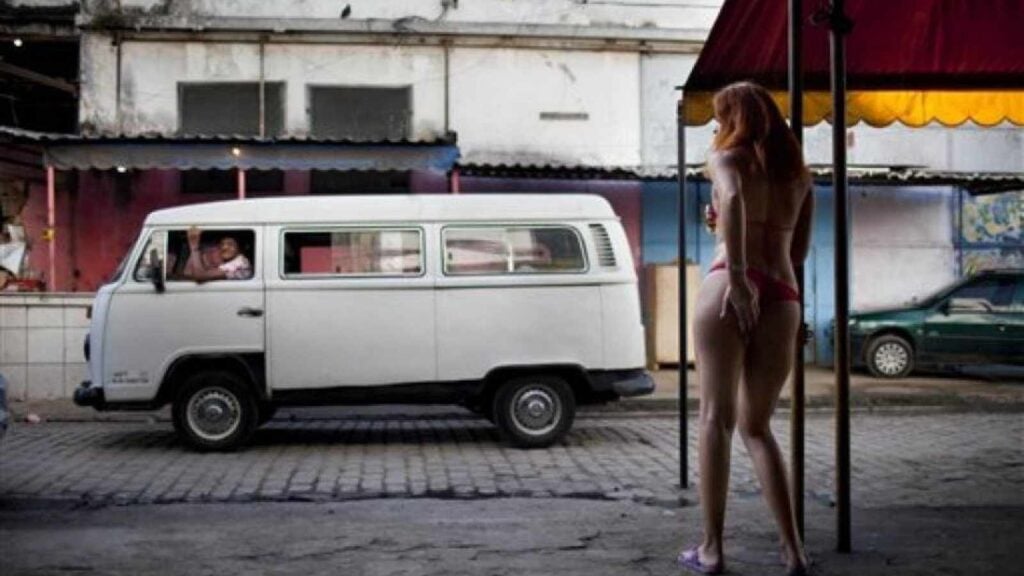
Risks of Street Prostitution in Rio de Janeiro: Safety Guide for Tourists
Risks of Street Prostitution in Rio de Janeiro: Legal Context and Safety Concerns
First, let’s clarify the legal status of prostitution in Brazil. Prostitution itself is legal, but running a brothel or engaging in pimping is not.
This legal gray area creates a complex environment where sex workers often face significant safety concerns and exploitation. Here are some key points to consider:
Risks of Street Prostitution in Rio de Janeiro: Health
Engaging with street prostitutes in Rio de Janeiro comes with a significant risk of contracting HIV and other sexually transmitted infections (STIs). Here are some key points to consider:
- High HIV Prevalence: Studies have shown that the prevalence of HIV among street sex workers in Rio de Janeiro is substantially higher than in the general population. For instance, the HIV prevalence among street sex workers is estimated to be around 7.2%, which is nearly twice as high as among those working in indoor settings.
- Syphilis: The prevalence of syphilis is also alarmingly high, with rates increasing from 2.4% in 2009 to 8.5% in 2016 among female sex workers (FSW) in Brazil.
- Other STIs: Besides HIV, street sex workers are also at a higher risk of contracting other STIs such as gonorrhea, and chlamydia. The use of IV drugs and low educational levels are significant contributing factors to these health risks.
- Limited Access to Healthcare: Street sex workers often have less access to healthcare services, including regular screenings and treatments for STIs. This exacerbates the problem, as many cases go untreated, leading to further health complications.
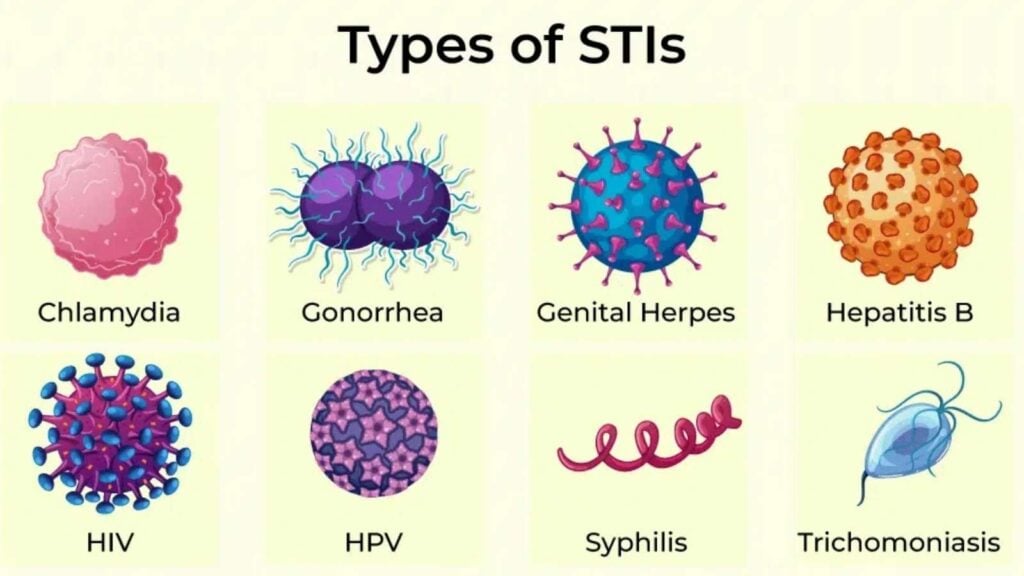
Extent of Street Prostitution in Rio de Janeiro
To grasp the scale of street prostitution in Rio de Janeiro, here are some statistics and insights:
- Number of Prostitutes: A 2013 survey estimated there are approximately 546,848 prostitutes in Brazil. While there isn’t a specific number for Rio de Janeiro, it is one of the major hubs.
- Main Areas: Vila Mimosa in Rio de Janeiro is one of the most well-known areas for street prostitution. This district is infamous for its dilapidated buildings, criminal gangs, and drug trafficking.
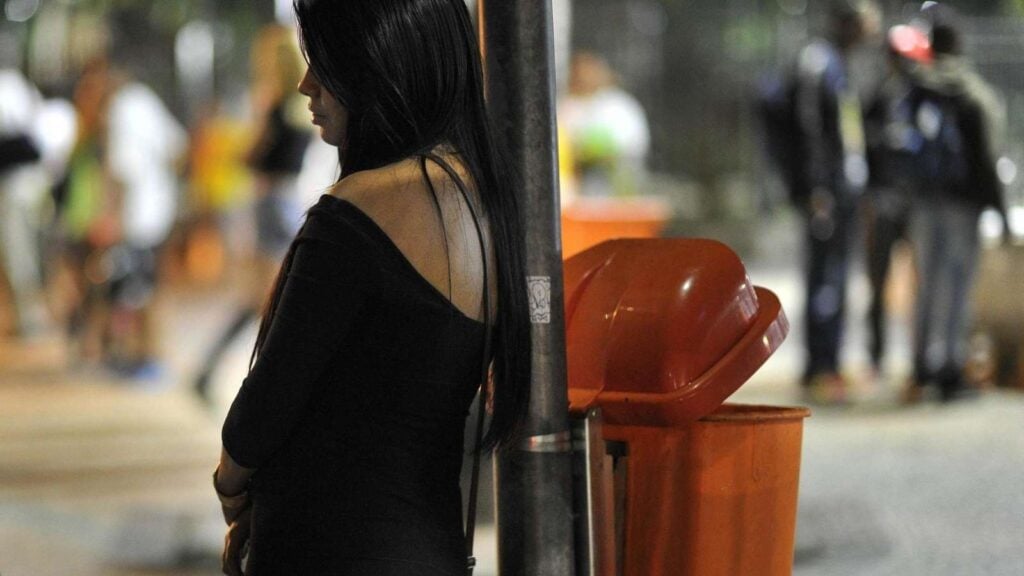
Risks of Street Prostitution in Rio: Child Prostitution
Child prostitution is a severe issue in Rio de Janeiro, and it’s closely linked to sex tourism.
- Prevalence of Child Prostitution: Brazil has one of the worst levels of child sex trafficking globally, with estimates suggesting between 250,000 to 500,000 children involved. This problem is exacerbated by high levels of poverty and inequality.
- Sex Tourism: Sex tourism, particularly from Europe and the United States, contributes significantly to child prostitution. Tourist areas in the Northeast, South, and Southeast of Brazil, including Rio de Janeiro, are hotspots for this issue.
- Efforts to Combat: The Brazilian government has been working to combat child prostitution through campaigns and stronger police control. However, the problem persists due to its deep-rooted connections with poverty and lack of education.
Engaging in sexual activities with anyone under 18 is illegal, regardless of consent or knowledge of age. Engaging in street prostitution in Rio de Janeiro carries a high risk of inadvertently becoming involved in child exploitation. Tourists should be especially aware of these risks and the severe legal and ethical implications of such involvement, even if unintentional.
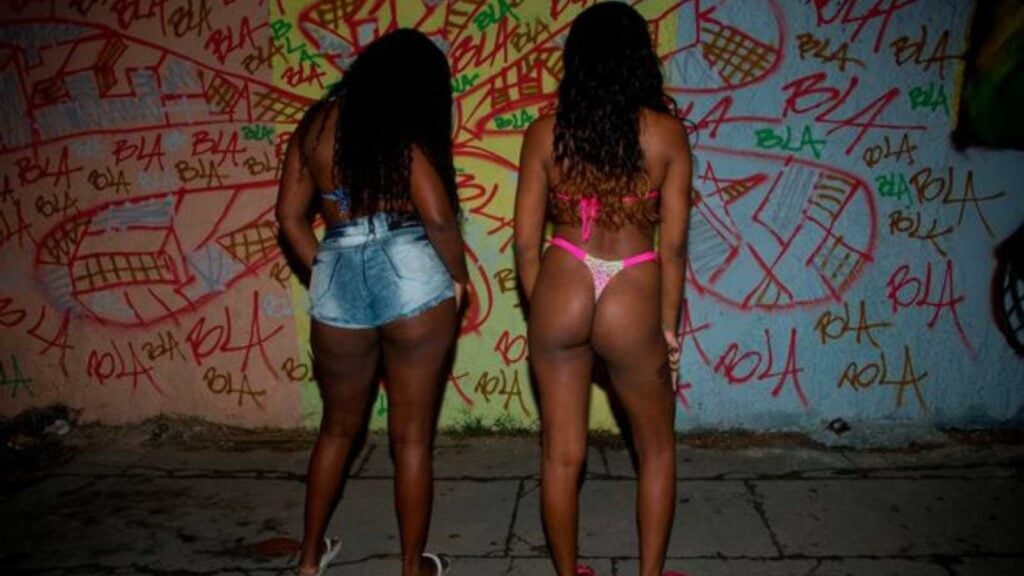
Risks of Street Prostitution in Rio de Janeiro: Safety Concerns and Violence
Engaging with street prostitutes in Rio de Janeiro poses significant safety risks for tourists, particularly regarding gangs and pimps (often referred to as “boyfriends”). Here are some key concerns:
Gang Involvement
Organized crime groups often control street prostitution in Rio, which creates several dangers:
- Extortion: Gangs may demand money from clients, using threats of violence.
- Robbery: Tourists may be targeted for theft, especially if they appear wealthy or vulnerable.
- Violence: Gang members may assault clients who they perceive as problematic or to maintain control over their territory.
Pimp/”Boyfriend” Risks
Many street sex workers have pimps or “boyfriends” who control their activities:
- Staged robberies: Pimps may orchestrate robberies of clients, sometimes with the reluctant cooperation of sex workers.
- Violent confrontations: Clients might face physical assault if the pimp believes they’ve mistreated the sex worker or to extort more money.
- Blackmail: There’s a risk of being photographed or recorded for later extortion attempts.
Additional Safety Concerns
- Drugging: Clients may be drugged (e.g., with scopolamine) to facilitate robbery or assault.
- Scams and Overcharging: Clients may face financial risks such as scams or overcharging. The lack of a regulated environment makes it difficult to ensure fair and safe transactions.
The combination of these factors makes street prostitution in Rio de Janeiro a high-risk activity for all involved, with potential for severe consequences ranging from physical harm to legal troubles.
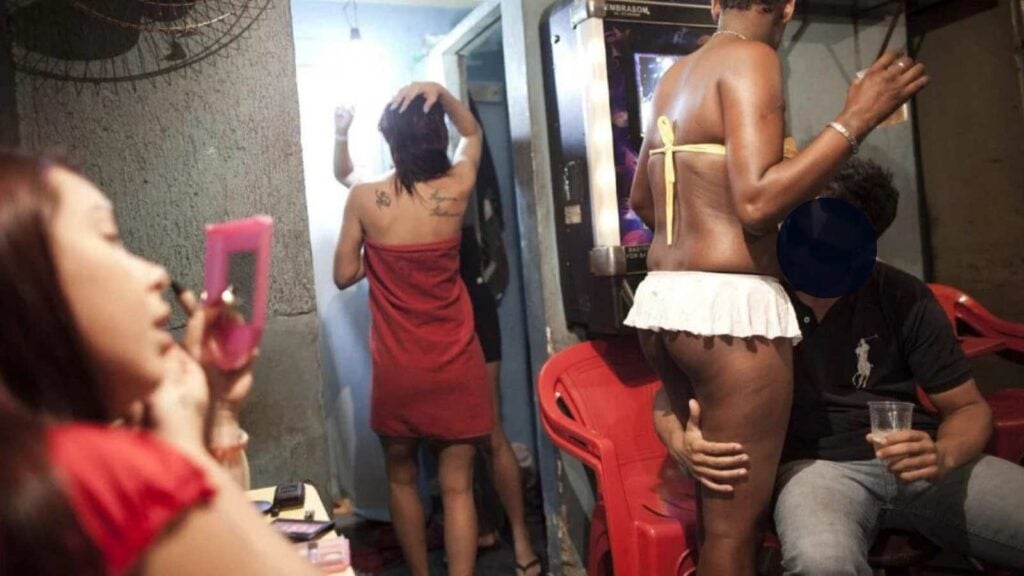
Risks of Street Prostitution in Rio de Janeiro: Alternatives and Recommendations
So, which alternatives are there to prevent the risks of street prostitution in Rio de Janeiro?
- Digital Platforms: Digital platforms can also offer a safer alternative, allowing sex workers to screen clients and work in a more controlled environment. Some popular escort directories for Rio de Janeiro include:
- RioLadies
- TopEscortBabes
- Euro Girls Escort
- These sites allow users to browse profiles of escorts and sex workers in Rio online, safely and comfortable.
- Benefits:
- Convenience of browsing options online
- Websites like RioLadies verify escorts’ identities and ages
- Ability to read reviews from other clients
- More discreet than visiting street areas or clubs

Conclusion
The risks of street prostitution in Rio de Janeiro are significant. Understanding the legal context, the extent of the issue, and the specific risks associated with child prostitution and sex tourism can help you navigate this complex environment safely. Always prioritize your safety and be aware of your surroundings.
FAQs
What is the legal status of prostitution in Brazil?
Prostitution itself is legal in Brazil, but running a brothel or engaging in pimping is illegal[1].
How prevalent is child prostitution in Rio de Janeiro?
Child prostitution is a severe issue in Rio de Janeiro, with estimates suggesting between 250,000 to 500,000 children involved in Brazil as a whole.
What are the main areas for street prostitution in Rio de Janeiro?
Vila Mimosa is one of the most well-known areas for street prostitution in Rio de Janeiro.
How does sex tourism contribute to child prostitution in Rio de Janeiro?
Sex tourism, particularly from Europe and the United States, contributes significantly to child prostitution by creating a demand that traffickers exploit.
What safety tips should tourists follow to avoid risks of street prostitution in Rio de Janeiro?
Tourists should avoid favelas, use safe transportation, be aware of common crimes, keep valuables secure, and be cautious of pickpocketing and date rape drugs.
What are the main health risks of Street Prostitution in Rio?
The main health risks include a high prevalence of HIV and other STIs, limited access to healthcare, and the physical consequences of sexual exploitation such as sexually transmitted diseases, chronic pain, and untreated medical conditions.
What safety concerns should I be aware of when engaging with street prostitutes in Rio de Janeiro?
You should be aware of robbery, physical violence, sexual assault, and human rights violations. These areas are also prone to drug-related activities, which can increase the risk of violence and health issues.
What are some safer alternatives to the risks of Street Prostitution in Rio?
Safer alternatives include engaging with sex workers in regulated establishments or through legal escort services, and using escort directories in Rio, like RioLadies that connect clients with sex workers. These options provide better oversight and protection for both parties.
Sources:
- Prostitution in Brazil – Wikipedia
- In Bolsonaro’s Brazil, sex workers are in serious danger – Huck
- Prostitution Policy Watch Looks at Olympics Impact on Rio’s Sex … – RioOnWatch
- Sex and Survival in Rio’s Red-Light District – Pulitzer Center
- Creating Policies to Protect the Health of Sex Workers in Brazil
- Impact of prostitution on mental health
- Community development and HIV/STI-related vulnerability among female sex workers in Rio de Janeiro, Brazil
- Sexually Transmitted Diseases Among Adolescents and Young Adults in Brazil
- HIV risk practices by female sex workers according to workplace